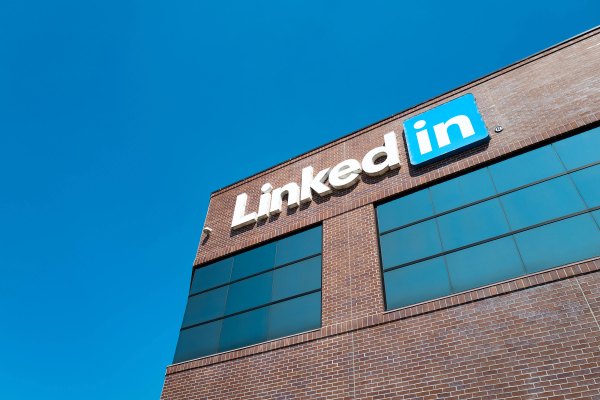LinkedIn, the social networking platform for the working world that’s now owned by Microsoft, has leveraged its role as a repository for people’s work profiles into making itself a job hunting and recruitment powerhouse.
The company today has amassed more than 20 million job listings — up from a mere 300,000 five years ago — and sees its 600 million users collectively apply to jobs 25 million times per week. That activity also translates to big business: paid subscriptions specifically aimed at recruiters, paid tiers for average users who want to have more access to contacting people for jobs, job ads and more all contribute to LinkedIn’s bottom line, a business that is projected to hit $6.4 billion in revenues for 2019, growing 27 percent in the last quarter.
Now, LinkedIn is stepping up a gear in the operation. After a two-year effort, LinkedIn is today announcing that it has finally integrated its jobs and hiring efforts and announcing a raft of new features for both.
On the jobs front, they include instant job alerts, a redesign of the Jobs home page, and more salary insights available to all users (including free users), with skills assessments coming soon.
On the recruitment front, LinkedIn Jobs, Recruiter, and Pipeline Builder are all coming together to create a more seamless way to manage how you post ads, source candidates and other leads and ultimately interact with them in the process of hiring them.
“This will mean higher quality candiates, better jobs and a better fit,” VP of product John Jersin said in an interview. When asked why it took so long to integrate these tools — and why the process didn’t happen five years ago, for example, he answered that it was more of a consequence of how expectations have evolved as tech has evolved to question some of the silos that are incumbent to how we do business.
“We designed these systems in a way that worked well, but no one foresaw what we needed,” he said. “Advancements in AI have driven the strategy, and integrating all this means we can all learn better from each other.”
The new features that LinkedIn is bringing to jobseekers are responses to how our communications have evolved with the rise of the smartphone. It notes that jobseekers who respond to ads faster are more likely to get the job, so now when a job gets posted that meet your search criteria, you can get a ping within minutes of the posting. Meanwhile, the redesign of the Jobs homepage is more mobile friendly, with added search features that take into account how you navigate on handheld devices.
The skill assessments, meanwhile, seems to me to be a direct response to the many new innovations we’ve seen among e-learning and recruitment startups, where companies like Coursera and Triplebyte are offering more tools to people to figure out where the best fit might be for their skills in the working world. LinkedIn notes that these can both be used by individuals to verify their skills — tackling a perennial problem with people putting empty claims on their resumes — and also recruiters to source people for jobs.
Important steps for the company, but there remain a lot of opportunities for smaller and newer upstarts to take bites out of LinkedIn’s business in areas where it is still being slow to develop.
For example, we’ve seen the emergence of interesting, more targeted recruitment startups that focus on, say, recruiting with racial diversity in mind (as in the case of Handshake) or focusing on, say, women returning to work after having children (as in the case of the Mom Project). While LinkedIn has made some baby steps (no pun intended) in this area, there is still a ways to go, opening the door to others to come in.
“This is a challenging and multifaceted problem,” admitted Jersin, “but LinkedIn is committed to trying to solve it.” He said the company has quietly started to work on ways of picking up more information that “could be more useful” in addressing questions like these. “One thing that is important is a sense of trust,” he noted as one of the challenges that needs to be tackled online. “I think we are very lucky to be one of the few companies out there that can say that we would use this information responsibly, in the interests of jobseeker.”
